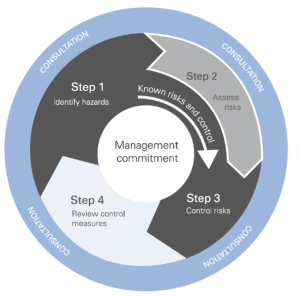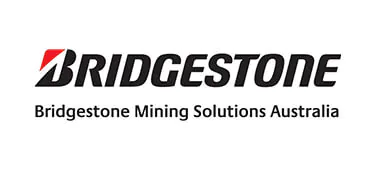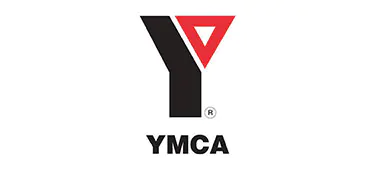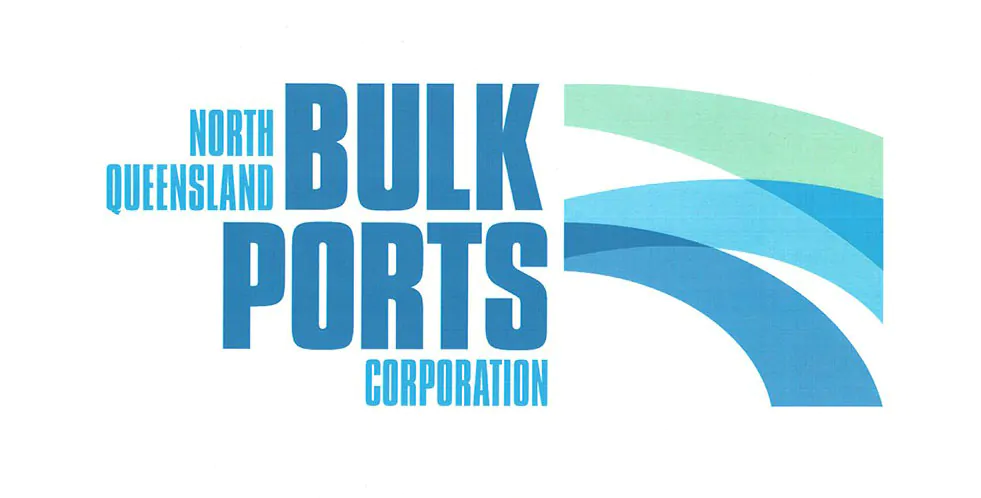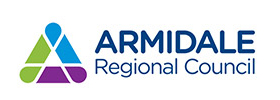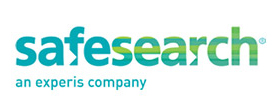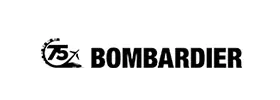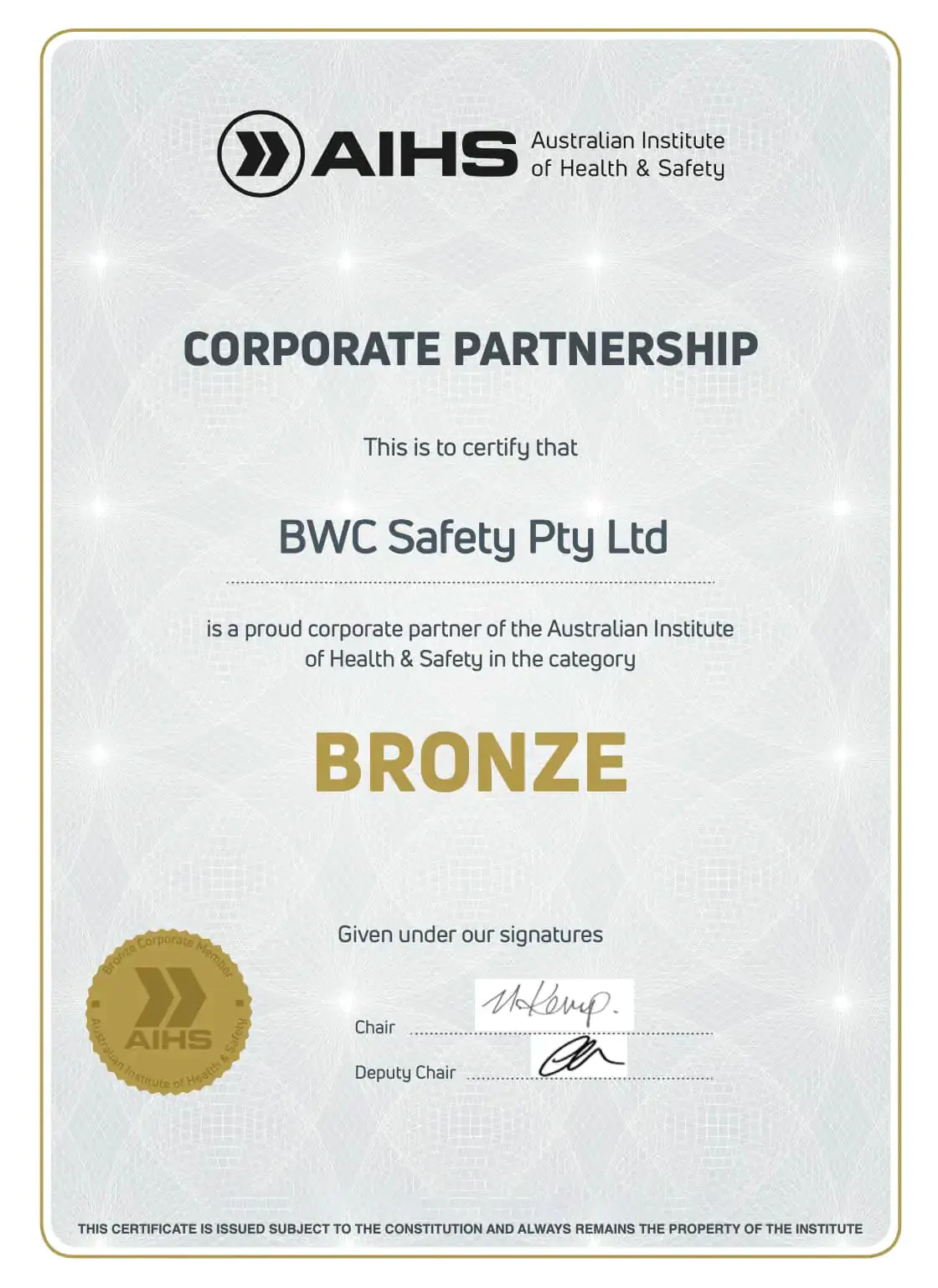Psychosocial Hazards in the Workplace
Psychosocial Hazards in the Workplace
The “Managing Psychosocial Hazards at Work” Code of Practise by SafeWork NSW from late 2021 establishes that employers need to use every feasible method to manage workplace hazards. Throughout subsequent years the safety regulator has heightened workplace awareness through inspections which have prompted businesses to demonstrate their psychosocial hazard management protocols. The enforcement actions against non-compliant parties include both Improvement Notices and more serious financial penalties.
By 2024 the regulator is becoming tighter, assuming organisations have sufficient time to comply voluntarily. If businesses have neglected these obligations, worker complaints usually follow and often result from the lack of support or the failure to address concerns around workplace stress risks.
Unfortunately these situations oftentimes show a lack of knowledge and readiness, which then leads to panicked requests for the external help.
High profile infringements
The Sydney Morning Herald released a news piece in October 2023 which detailed how major bullying claims drove staff members from a significant Sydney hospital. SafeWork NSW executed a series of penalty notices which charged organizations with their responsibility to handle the workplace mental health stress experienced by their personnel.
Across the city, a few weeks later at a large construction site involving multiple contractors, SafeWork also issued Provisional Improvement Notices on a large contractor for failing to manage psychosocial risks to its workers. The contractor reached out to BWC Safety to conduct an independent investigation. After interviewing dozens of workers and managers one thing was clearly evident – the whole concept of psychosocial hazards was poorly understood by the managers and supervisors.
Sadly, these are fairly typical outcomes for organisations that have concentrated on what they perceive to be their core business and have ignored their legal obligations to manage psychosocial risks to workers. As leading WHS consultants we note that these issues are becoming more prevalent and a focal point for the safety regulator in each state.
Common psychosocial hazards examples in the workplace include:
Job content and demands
Long-term stress develops through situations where employees experience excessive workload or unpredictable schedules or insufficient control at their workplace.
Lack of role clarity
Job roles that are unclear or have conflicting responsibilities will cause both psychological stress to grow and increase job-related uncertainty.
Poor workplace relationships
The worst types of psychosocial workplace hazards consist of bullying behavior along with social isolation and poor leadership practices.
Organisational structure and climate
The causes of stress stem from a lack of input in decision-making processes and poorly defined objectives as well as subjective perceptions of unfairness in the workplace.
Poor job security and uncertainty
Insecurity and stagnation can be resulting from lack of chance of advancement, uncertainty of employment and ambiguity.
Sustained poor work-life balance
When the other aspects of life encroach on the elements of work and vice versa, then the concept of burnout takes effect, which exposes the participant to one negative impact or the other.
Remote or isolated work
The experience of working remotely or in isolation causes workers to feel more vulnerable and isolated and separate from their colleagues.
Organisational change
Uncertainty and stress are induced by poorly managed changes.
Exposure to violence or traumatic events
The occupation of first responders and their equivalent typically leads to elevated post traumatic stress experiences.
These examples have implications that range from addressing the horrible side effects of mental health disorders, burnout, absenteeism, decrease in productivity, and high staff turnover. Workplace safety depends on proper risk identification and control of psychosocial risks while maintaining essential identification and management responsibilities.
How to manage
The key to managing occupational stressors in the workplace is to apply the four-step Risk Management Model:
Identify Hazards
The approach of proactive management requires organizations to actively solicit ongoing feedback regarding all psychosocial risk elements present in the workplace before a problem occurs.
Assess Risks
Next, identify the hazards and then assess how severe your identified psychosocial risks are to your workforce.
Control Risks
The steps include minimizing or eradicating the hazards through putting in place controls. It might include how they work (changing the nature of the tasks) or provide sources to enhance communication and support to their employees.
Review Controls
Furthermore, these risk controls should also be evaluated from time to time regarding the suitability and efficiency of these risk controls and used in the management of psychosocial health.
I think we have a problem
Having read this far, there is a fair chance that you are concerned that your organisation:
a) may have problem down the road (headache),
b) has little or nothing in place,
c) does not know what to do next.
One of the recommendations from the NSW Government’s Code of Practice is to engage an external safety consultant. Such professionals can have confidential discussions with the staff, assess the work environment as being at (psychosocial) risk, and make recommendations for their improvement. Once problems have been identified as key, the management must consult with workers and their representatives on ways to solve the problems. Creating a WHS committee helps coordinate workplace safety no matter how basic the organisational needs may be.
Always seek help
Dealing with psychosocial hazards in the workplace can be challenging, especially for managers and supervisors who are good at their trade but lack the experience to investigate the issues and consultatively work through solutions. An attempt that fails can do more damage and cause more distrust. A botched attempt can only lead to more distrust and greater damage. We would strongly recommend that independent safety consultant, with a well known track record to investigate and facilitate psychosocial risks be sought.
Contact BWC Safety for support, advice and to get a consultation.
Make an Enquiry
Ensure your organisation isn’t making critical WHS mistakes by getting expert advice before it’s too late.
